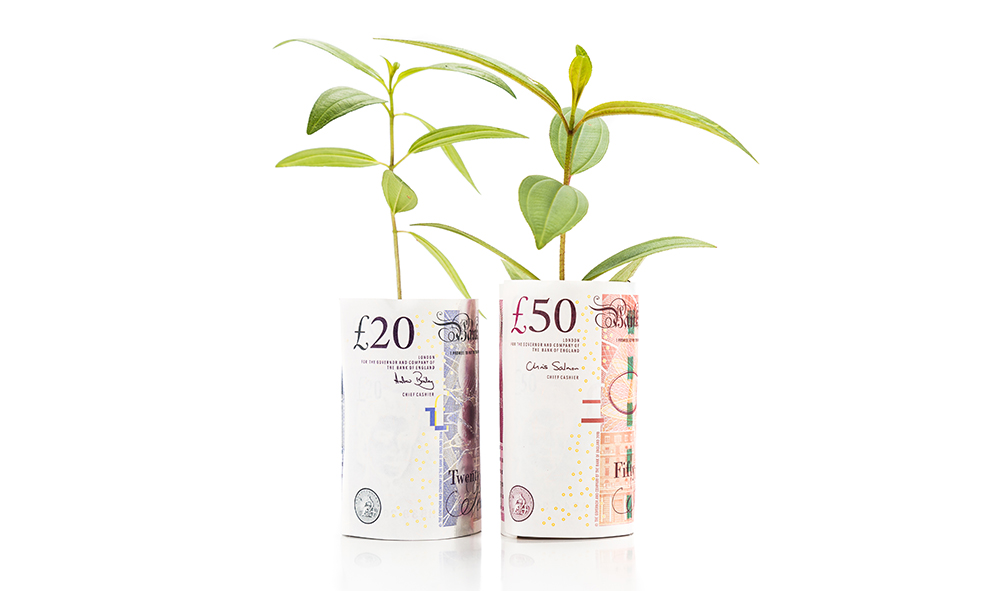How I’d Invest £10k to Target a 7% Dividend Yield and Build Passive Income
Here’s a strategy to build a high-dividend-yield portfolio aimed at generating long-term passive income. The London Stock Exchange is known for offering attractive dividend opportunities, with a range of mature companies providing income-generating stocks. Despite the 2024 stock market rally lowering overall yields, there are still plenty of opportunities to seize.
With that in mind, here’s how I’d structure a £10,000 portfolio in 2024 to achieve a 7% yield.
Quality over Quantity An easy way to create a high-yield portfolio is simply to fill it with high-dividend stocks. Currently, over 30 companies across the FTSE 350 offer yields of 7% or more, providing plenty of options for a diversified portfolio. Many of these companies are yielding above 7%, which could push passive income even higher. However, this approach often doesn’t deliver lasting investment returns; there’s a risk of destroying wealth instead of creating it.
It’s essential to remember that dividend yield is impacted by share price. When a company’s market cap drops, the yield increases, often signaling underlying issues. Therefore, it’s usually better to prioritize the quality of dividends over the quantity, even if this means selecting stocks with slightly lower yields. But then, how can we raise the yield back to the target of 7%?
The key lies in focusing on a company’s free cash flow. This is the surplus cash left after covering all expenses and financial obligations, allowing companies to pay down debt, reinvest, buy back shares, or pay dividends. Strong free cash flow not only provides flexibility but can lead to dividend hikes, gradually turning modest yields into more substantial ones.
From Modest to Impressive Dividends A standout example of free cash flow growth within the FTSE 350 is Safestore Holdings (LSE: SAFE), a company worth considering. Safestore owns and operates self-storage facilities for both individuals and businesses. While opening new locations is costly, the ongoing expenses for these facilities are relatively low, with steady monthly revenue streams. This has allowed Safestore to maintain impressive free cash flow margins, averaging around 55%.
This financial strength has enabled Safestore to increase its dividend for nearly 15 consecutive years, with payouts rising by an average of 17.4% annually. How has this affected its dividend yield?
In November 2014, Safestore shares traded around 212p, with dividends at 7.45p, yielding a modest 3.5%. Today, the payout per share is closer to 30p, which means that on an initial cost basis, the dividend yield has grown to 14%.
Safestore isn’t the only company to achieve consistent dividend growth, and there are other similar stocks on the UK market with potential for high dividend growth. That’s why, if I had £10,000 to build a passive income portfolio now, I’d skip the obvious high-yield stocks and focus on those with the potential for sustainable dividend growth over the long term.
Disclaimer
The information provided in Finance Monthly is for informational purposes only and should not be construed as investment advice. All content, including articles, interviews, and analysis, reflects the opinions of the authors and does not necessarily represent the views of Finance Monthly.
Investing in financial markets involves risks, including the loss of principal. Past performance is not indicative of future results, and there is no guarantee that any investment strategy will be successful. Readers should conduct their own research and consult with a qualified financial advisor before making any investment decisions.
Finance Monthly is not responsible for any losses or damages arising from reliance on the information contained herein. By accessing this publication, you acknowledge and accept these terms.













